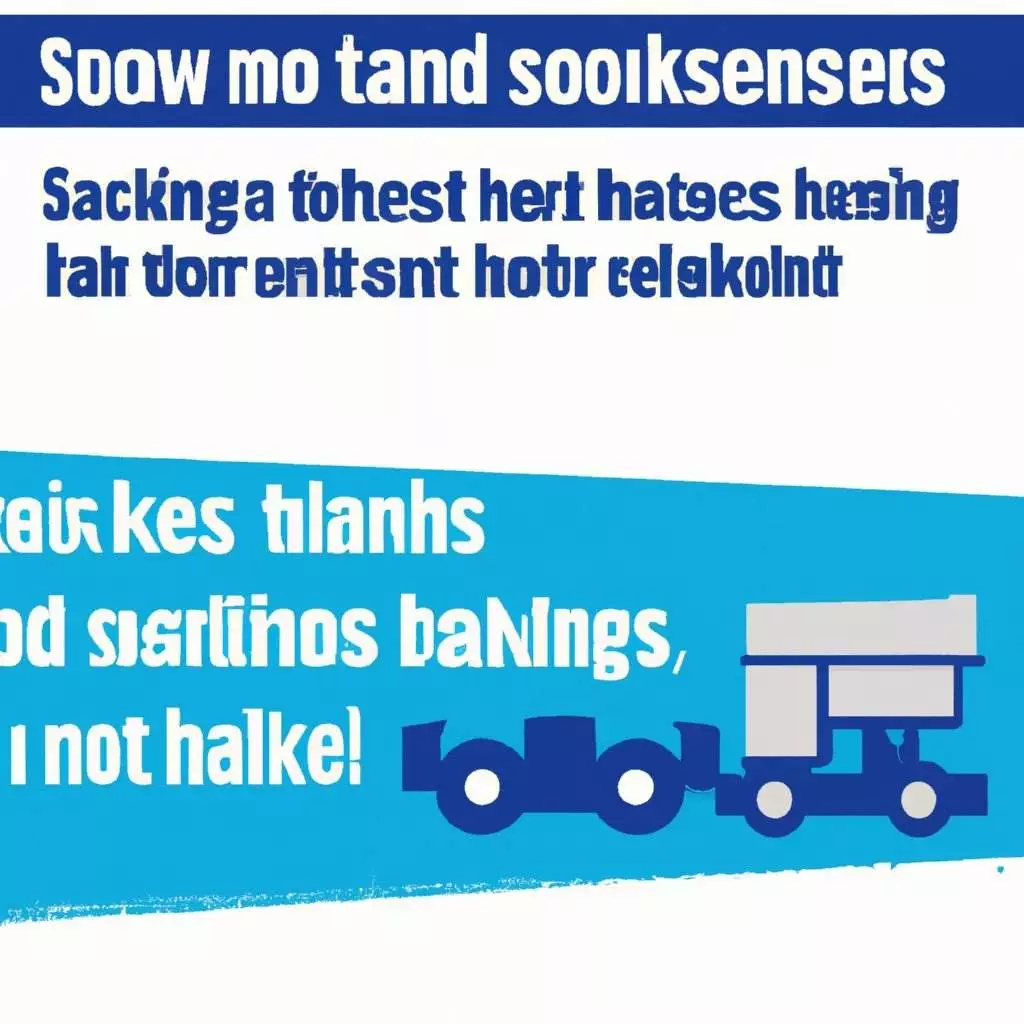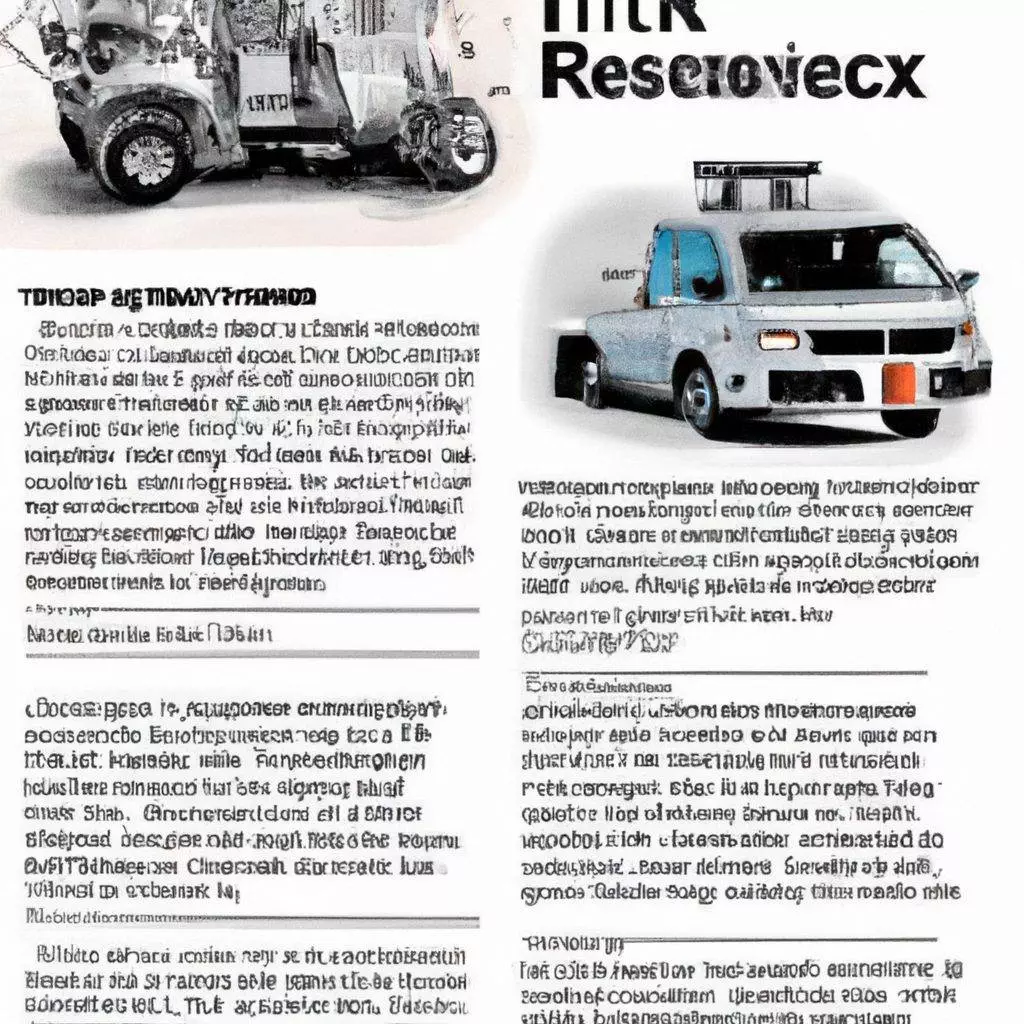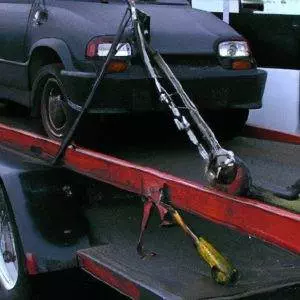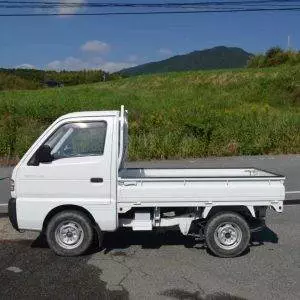In the world of automobiles, the ability of a car to tow is a fundamental feature that often stands as a measure of its strength and versatility. Understanding what factors contribute to a car’s towing capacity is essential for both automotive enthusiasts and prospective buyers alike. From engine power to transmission capabilities, this article explores the key elements that enable a car to tow more weight with utmost efficiency and safety.

1. Engine Power
1.1 Horsepower
Horsepower refers to the measurement of the amount of work an engine can perform over a given period of time. In the context of towing, horsepower plays a crucial role in determining a vehicle’s ability to haul heavy loads. A higher horsepower rating generally indicates a stronger engine that can generate more power, allowing you to tow heavier trailers with ease. When considering a vehicle for towing purposes, it is important to ensure that the engine’s horsepower is sufficient for the intended towing capacity.
1.2 Torque
Torque is another essential factor to consider when evaluating a car’s towing capabilities. Unlike horsepower, which measures power output, torque quantifies the rotational force an engine produces. Higher torque values are advantageous for towing as they provide greater pulling power, allowing the vehicle to effectively overcome resistance and handle heavy loads. To determine whether a car is equipped for towing, take note of its torque rating, as a higher torque value often translates to improved towing performance.
2. Towing Capacity
2.1 Gross Vehicle Weight Rating
The Gross Vehicle Weight Rating (GVWR) denotes the maximum weight that a vehicle can safely carry, including its own weight and the weight of any passengers, cargo, and the trailer tongue weight. When selecting a car for towing, it is crucial to consider the GVWR as it indicates the vehicle’s overall capacity to handle the combined weight of the load and the towing equipment.
2.2 Gross Combined Weight Rating
The Gross Combined Weight Rating (GCWR) represents the total weight a vehicle and its attached trailer can safely handle together. It includes the combined weight of the vehicle, passengers, cargo, trailer, and any additional attachments. It is essential to ensure that the GCWR of the car exceeds the total weight of the load and trailer to ensure safe and efficient towing.
2.3 Trailer Weight Rating
The Trailer Weight Rating (TWR) refers to the maximum weight a vehicle can tow without causing any damage to the transmission, engine, suspension, or other crucial components. It is imperative to check the TWR specified by the vehicle manufacturer before attempting to tow a trailer. Exceeding the TWR can result in excessive strain on the vehicle and potentially lead to mechanical failure or compromised safety.
3. Transmission
3.1 Automatic Transmission
An automatic transmission is a popular choice for towing due to its convenience and ease of use. It shifts gears automatically, allowing the driver to focus on maneuvering the vehicle and trailer. Some automatic transmissions are specifically designed for towing, featuring additional cooling systems and enhanced torque converters to handle the increased load.
3.2 Manual Transmission
While less common in modern vehicles, a manual transmission can still be suitable for towing when utilized by experienced drivers. Manual transmissions provide greater control over gear selection, allowing drivers to adjust to the demands of towing. However, it requires proficient shifting skills to ensure smooth gear changes and prevent potential damage to the transmission.
3.3 CVT Transmission
Continuously Variable Transmission (CVT) has gained popularity in recent years due to its fuel efficiency and smooth acceleration. While CVT transmissions can be suitable for lighter towing, their usage for heavier loads may be limited by their torque limitations. It is crucial to consult the vehicle’s manufacturer regarding the CVT’s towing capacity before attempting to tow with this type of transmission.
4. Differential
4.1 Open Differential
An open differential is the most common type of differential found in vehicles. It allows the wheels on an axle to rotate independently, enabling smooth turning and better handling on normal road conditions. However, when towing heavy loads, an open differential may not provide sufficient traction, especially when faced with slippery terrain. In such cases, alternative differential options should be considered.
4.2 Limited-Slip Differential
Limited-slip differentials are designed to distribute power more evenly between the wheels on an axle, improving traction and stability. This type of differential can be advantageous for towing, as it helps prevent wheel slippage on uneven or slippery surfaces. Limited-slip differentials can enhance a vehicle’s towing capabilities, particularly in challenging road conditions.
4.3 Locking Differential
For those who frequently encounter off-road or challenging towing conditions, a locking differential can be highly beneficial. A locking differential essentially locks the wheels of an axle together, ensuring equal distribution of power. This feature enables improved traction and maneuverability, particularly in situations where one or more wheels may lose contact with the ground. Locking differentials are often found in dedicated off-road vehicles or trucks designed for heavy-duty towing.

5. Suspension System
5.1 Leaf Spring Suspension
Leaf spring suspension systems consist of numerous layers of metal strips, known as leaves, stacked together to support the vehicle’s weight and absorb road impacts. This suspension design is commonly found in trucks or vehicles specifically engineered for heavy loads. Leaf spring suspensions offer excellent stability and durability for towing, making them suitable for handling substantial trailer weights.
5.2 Coil Spring Suspension
Coil spring suspensions utilize individual coil springs to support the vehicle’s weight and absorb shocks. They provide a smoother ride quality and improved handling compared to leaf spring suspensions. While coil spring suspensions are commonly found in passenger cars and SUVs, they may not be as optimal for towing exceptionally heavy loads due to potential sagging or compromised stability.
5.3 Air Suspension
Air suspension is a sophisticated and adjustable suspension system that utilizes air-filled bellows or airbags instead of traditional springs. This type of suspension can be adjusted to varying air pressures, allowing for a customized ride height and improved load leveling. Air suspension systems are particularly beneficial for towing as they can compensate for changes in weight distribution and ensure a stable and comfortable towing experience.
6. Braking System
6.1 Brake Type
The type of braking system equipped in a vehicle greatly impacts its towing capabilities. Disc brakes are generally considered superior to drum brakes, as they provide better stopping power and are less prone to fade under heavy usage. When towing, ensuring that the vehicle is equipped with efficient and reliable disc brakes is essential for maintaining control and ensuring the safety of both the vehicle and trailer.
6.2 Brake Size
The size of a vehicle’s brakes also plays a crucial role in its towing capacity. Larger brake systems with larger rotors and calipers can dissipate heat more effectively, improving braking performance and preventing brake fade. When considering a vehicle for towing, examine the size and specifications of its brakes to ensure they are adequate for the expected load.
6.3 Brake Controller
A brake controller is an electronic device that allows the driver to activate the trailer’s brakes independently of the vehicle’s brakes. It ensures proportional braking, contributing to a more balanced and controlled towing experience. A brake controller is an essential accessory when towing heavy loads, as it enhances safety by providing the driver with greater control over braking maneuvers.
7. Frame and Chassis
7.1 Frame Strength
The strength and rigidity of a vehicle’s frame directly impact its towing capabilities. A solid and robust frame is essential for supporting heavy loads, maintaining stability, and preventing structural deformation. Vehicles with reinforced frames, such as trucks or SUVs designed for towing, offer superior strength and durability, making them well-suited for intense towing activities.
7.2 Chassis Configuration
The chassis configuration, including wheelbase length and overall vehicle dimensions, is another crucial factor influencing a car’s towing capacity. A longer wheelbase contributes to increased stability during towing, while a shorter wheelbase may offer improved maneuverability in tight spaces. Additionally, the overall structure and design of the chassis should be considered to ensure compatibility with the intended towing requirements.
8. Cooling System
8.1 Radiator
Effective engine cooling is essential during towing to prevent overheating and maintain optimal performance. The radiator plays a critical role in dissipating excess heat generated by the engine. When selecting a vehicle for towing, it is vital to ensure that the radiator is appropriately sized and equipped with efficient cooling capabilities to handle the additional thermal load.
8.2 Transmission Cooler
Towing places added stress on the vehicle’s transmission, leading to increased heat generation. To prevent transmission overheating and potential damage, a transmission cooler is often incorporated into towing-capable vehicles. This additional cooler helps maintain the optimal operating temperature of the transmission fluid, ensuring smooth gear changes and prolonging the lifespan of the transmission.
8.3 Oil Cooler
In some cases, vehicles designed for heavy towing may also feature an oil cooler. The oil cooler helps regulate the temperature of the engine oil, preventing excessive heat buildup and maintaining the oil’s lubricating properties. This cooling component can enhance the overall performance and longevity of the engine during demanding towing operations.
9. Towing Accessories
9.1 Hitch
The hitch is a crucial component that connects the vehicle to the trailer, enabling safe and secure towing. It is essential to select the appropriate hitch class and ensure it matches the vehicle’s towing capacity. Hitches come in various designs, including receiver hitches and fifth-wheel hitches, each suited for specific towing applications. Proper installation and regular maintenance of the hitch are necessary to guarantee towing safety and reliability.
9.2 Trailer Brake Controller
For trailers equipped with brakes, a trailer brake controller is an essential accessory. It enables the driver to control and adjust the braking force applied to the trailer independently. This ensures a proportional and synchronized braking response between the vehicle and trailer, enhancing safety and stability during towing.
9.3 Towing Mirrors
Towing mirrors are specifically designed to provide a wider field of vision when towing, compensating for blind spots caused by the trailer. These extended mirrors offer increased visibility, allowing the driver to monitor both the vehicle and the trailer more effectively. Towing mirrors are essential for ensuring safe lane changes, turns, and overall maneuverability when towing larger trailers.
10. Driver Skill and Experience
10.1 Weight Distribution
Proper weight distribution is crucial for safe and effective towing. It is essential to distribute the weight evenly between the vehicle and the trailer to maintain stability and prevent excessive strain on specific components. Understanding how to properly load and secure cargo within the trailer is a fundamental skill for any towing operation.
10.2 Loading Technique
Loading technique refers to the proper methods of loading cargo onto the trailer to ensure balanced weight distribution and optimal trailer performance. Properly securing the load with appropriate tie-downs and evenly distributing weight across the trailer helps promote stability, prevent swaying, and maintain control during towing. Understanding the correct loading technique is vital for a smooth and safe towing experience.
In conclusion, several factors contribute to a car’s towing capabilities. Engine power, transmission type, suspension system, braking system, and cooling system all play integral roles in determining a vehicle’s ability to tow heavy loads safely and efficiently. Additionally, accessories such as hitches, brake controllers, and towing mirrors are essential for ensuring a secure and controlled towing experience. However, it is crucial to remember that driver skill and experience, including proper weight distribution and loading techniques, are equally important when it comes to towing safely. By considering these various factors and understanding their significance, you can select a car that meets your towing requirements and maintains the highest levels of safety and performance.


